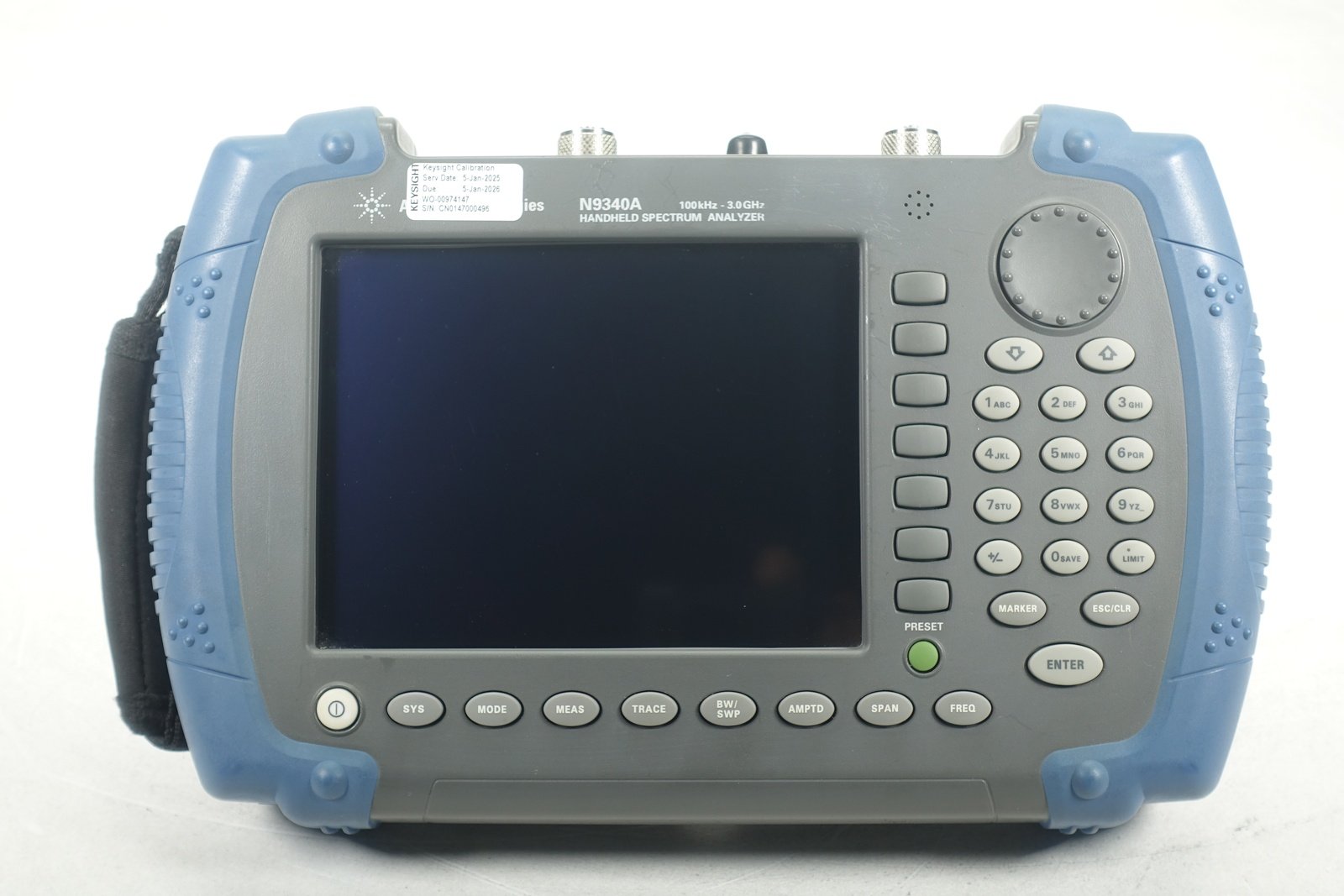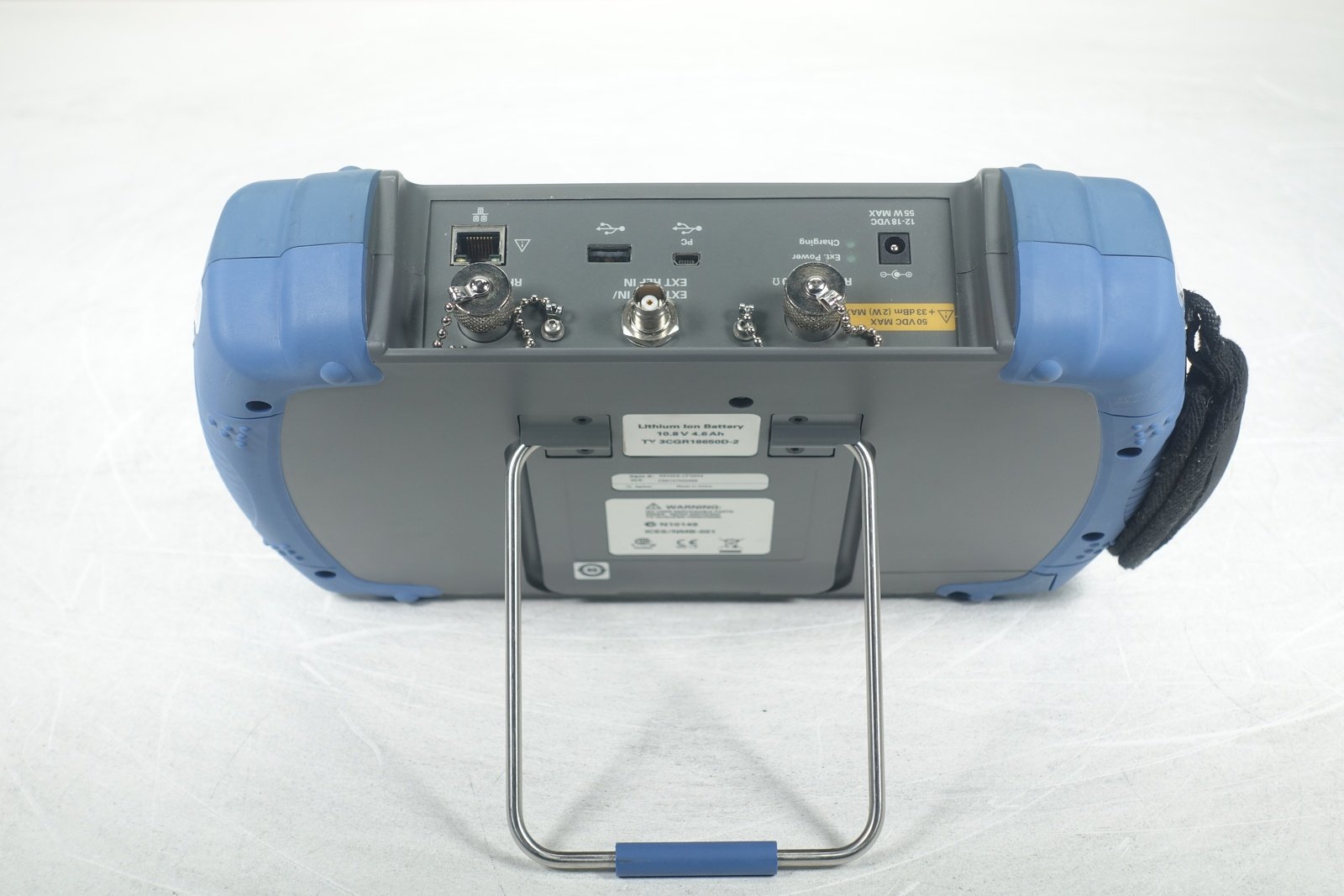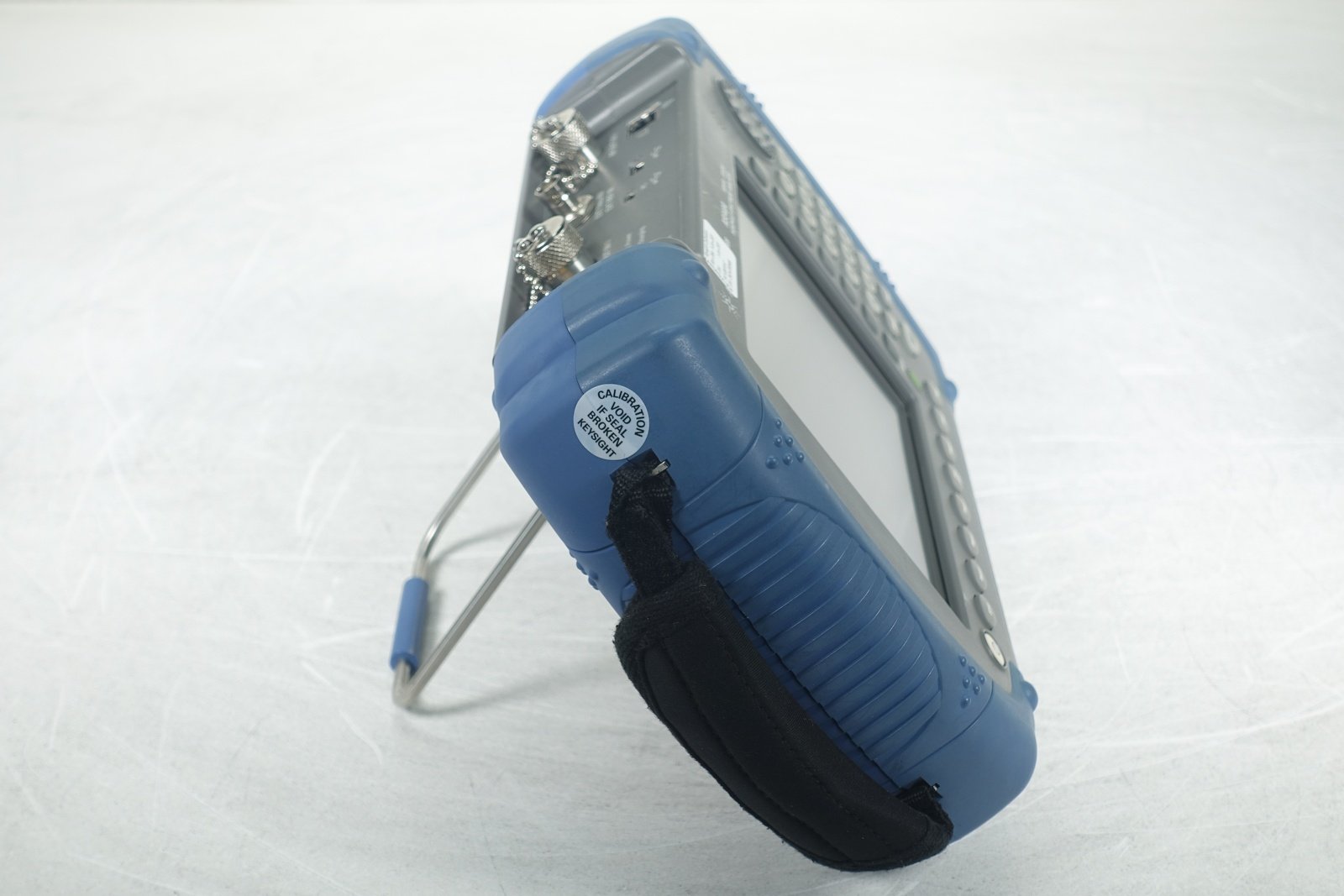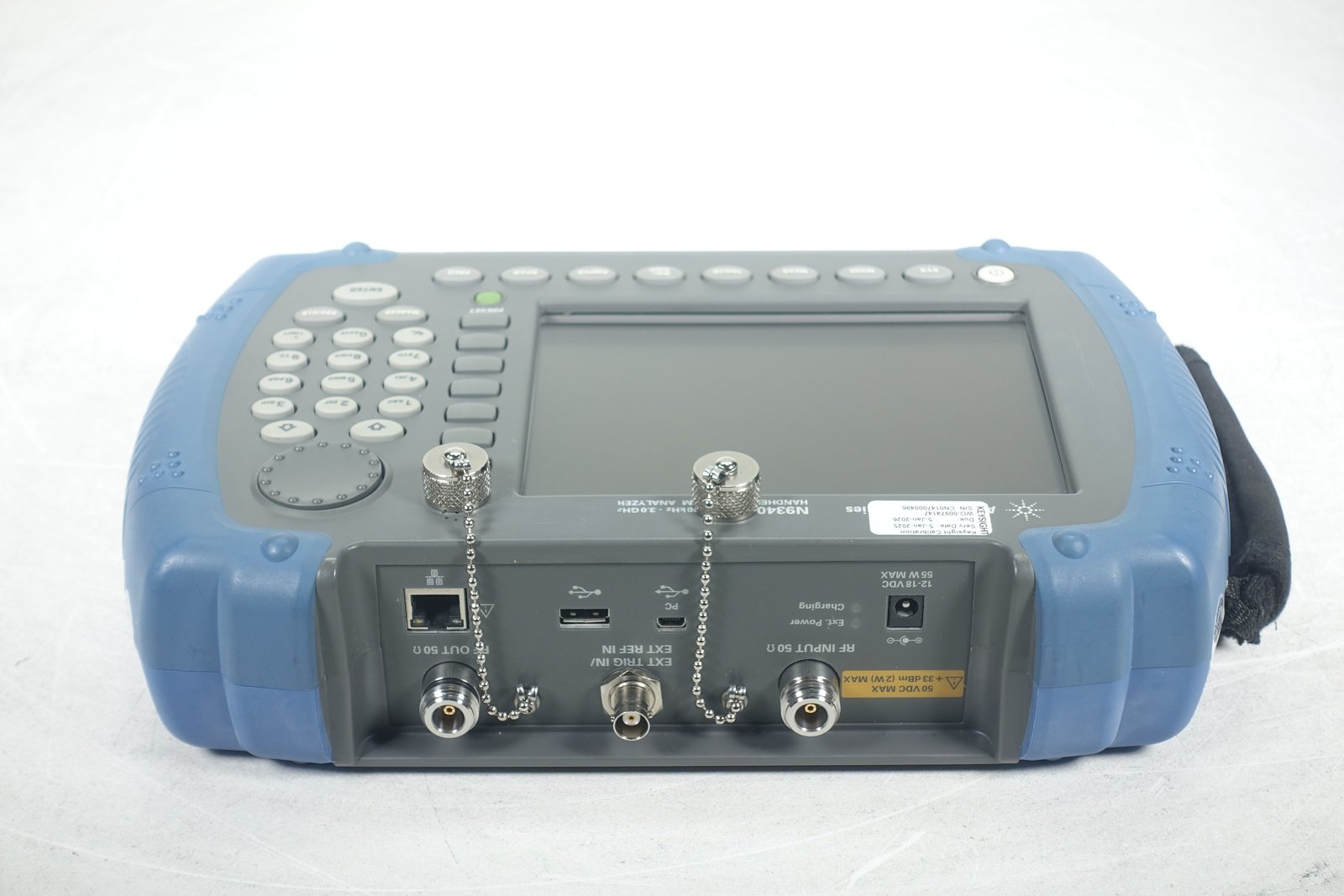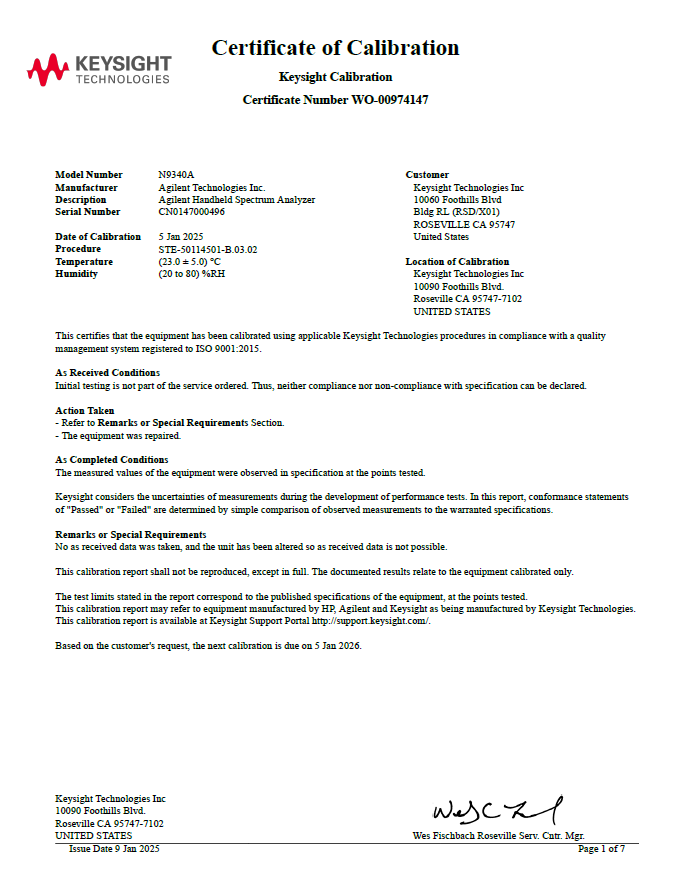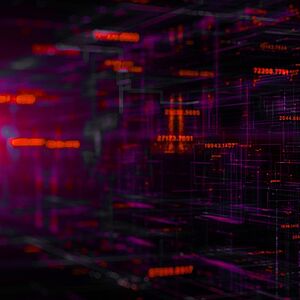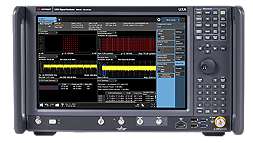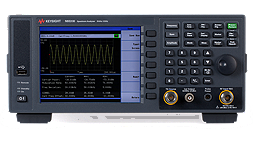Keysight N9340A
Handheld RF Spectrum Analyzer / 100 kHz to 3 GHz
USD 4,014.00
List Price USD 8,920.00

Keysight Used
Keysight N9340A USD 4,014.00
From
USD 4,014.00 Save 55%
Get peace of mind only Keysight can offer. With KeysightCare Assured and manufacturer calibration.
Please contact us for available service options.
- 100 kHz to 3 GHz frequency range
- 10 ms non-zero span sweep time
- 30 Hz to 1 MHz RBW in 1-3-10 sequence
- –144 dBm displayed average noise level (DANL) with pre-amplifier on
- +10 dBm third order intercept (TOI)
Specifically designed for field use, the N9340A provides good usability and exceptional performance for installation and maintenance, spectrum monitoring, and on-site repair tasks. It provides optional tracking generator and pre-amplifier.
The N9340A Offers:
- Superior performance. Fast measurement speed helps capture transient signals in the spectrum and dramatically reduce field test time and boost productivity. Narrow RBW helps to resolve close-in signals to low DANL allows you to detect low-level signals to see spurious and noise clearly.
- Usability optimized for field use. USB connectivity allows easy PC control and data transfer; four-hour battery life enables extended field time; built-in 11 language GUI makes operating easier.
- Light weight, rugged and portable. At 3.5kg (with battery) the N9340A is specifically designed for field installation and maintenance tasks for military, wireless service providers (WSP), TV & broadcasting, and spectrum management authority.
Accessories only included if shown in the pictures. No power cord included.
Other accessories that are not listed and included in the offer can be purchased separately at an extra cost with your purchase of a Keysight Used or Keysight Premium Used unit. Please specify in the comment field which additional accessories or support you are interested in.
For separate or post-purchase ordering, please contact your local Keysight office or Keysight Partner here. Or check our online store if available for your region here.
